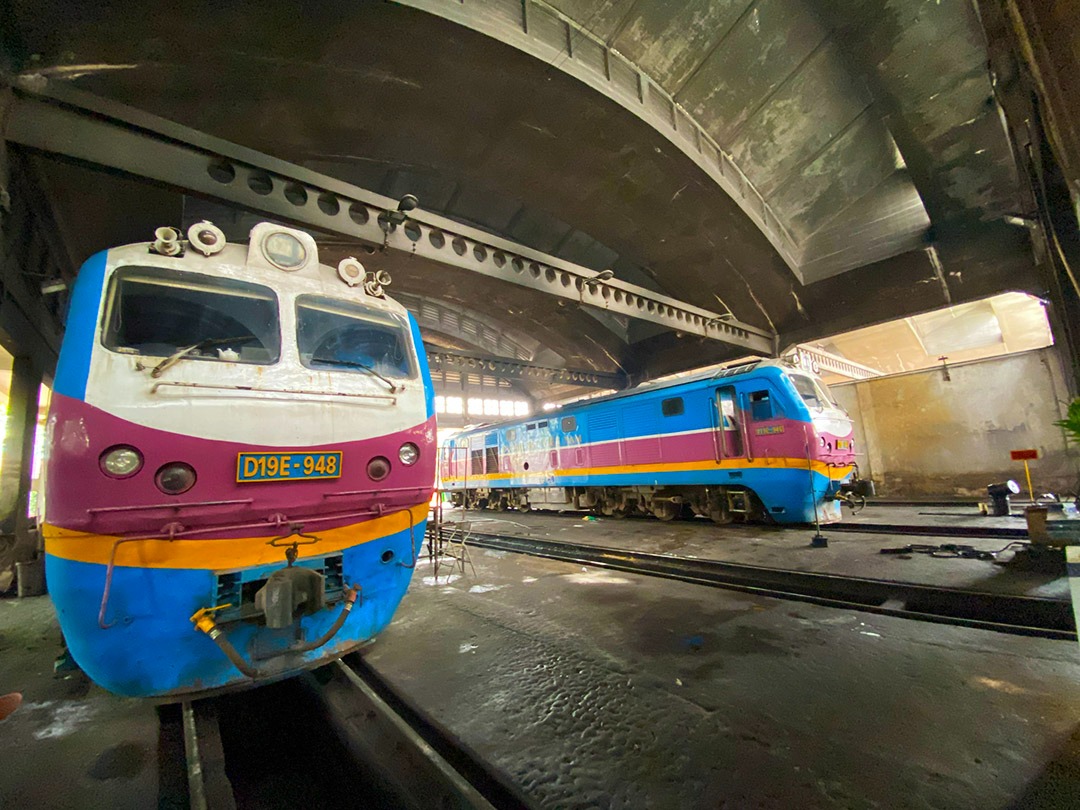HCMC – Preparations are underway to start construction on five stations along the planned Lao Cai–Hanoi–Haiphong railway, with groundbreaking scheduled for December 19.
According to the Ministry of Construction, site marking and land handover at the Lao Cai, Phu Tho, Bac Hong, Luong Tai, and Hai Duong South stations are being finalized. The ministry outlined the construction plan in a recent communication to the Haiphong City government.
The project will be divided into multiple components. The ministry will oversee two major packages: one for station-area infrastructure and squares, with an estimated budget of nearly VND2.3 trillion, and another for railway construction worth around VND155.5 trillion.
The Ministry of Construction has tasked the Railway Project Management Unit, the project’s investor, with conducting surveys, preparing feasibility studies, and developing detailed designs. The unit is also working with local authorities on land clearance.
Key elements such as the route alignment and station locations have been broadly agreed upon, and the feasibility study has been completed. The ministry has held a review meeting so the investor and consultants can finalize the documentation.
The Railway Project Management Unit is now marking land clearance boundaries and plans to hand over sites to local authorities by November 10 at the five station locations, paving the way for the December groundbreaking.
The 419-kilometer railway will run from the border-crossing connection point in Lao Cai to Lach Huyen Station in Haiphong City. The project requires an estimated VND203.2 trillion.
The line will feature 18 stations, including 15 mixed-use stations for passenger and freight trains and three depot stations. The railway is designed for maximum speeds of 160 kph on the main Lao Cai–Lach Huyen section, 120 kph on the section overlapping Hanoi’s eastern ring route, and 80 kph on branch lines.
The overall development consists of 10 component projects: seven for land clearance, one for relocation of power infrastructure, and two for construction.
Component project 1 will be built first, followed by component project 2, which is scheduled to begin in late 2026 and be completed by 2030.









